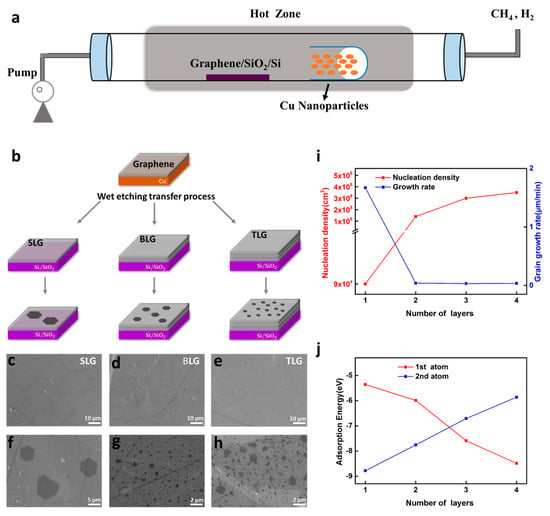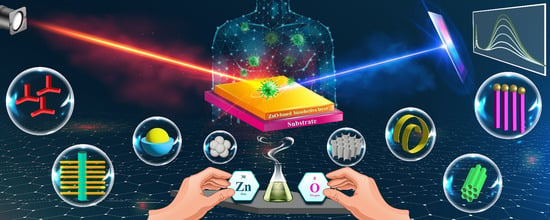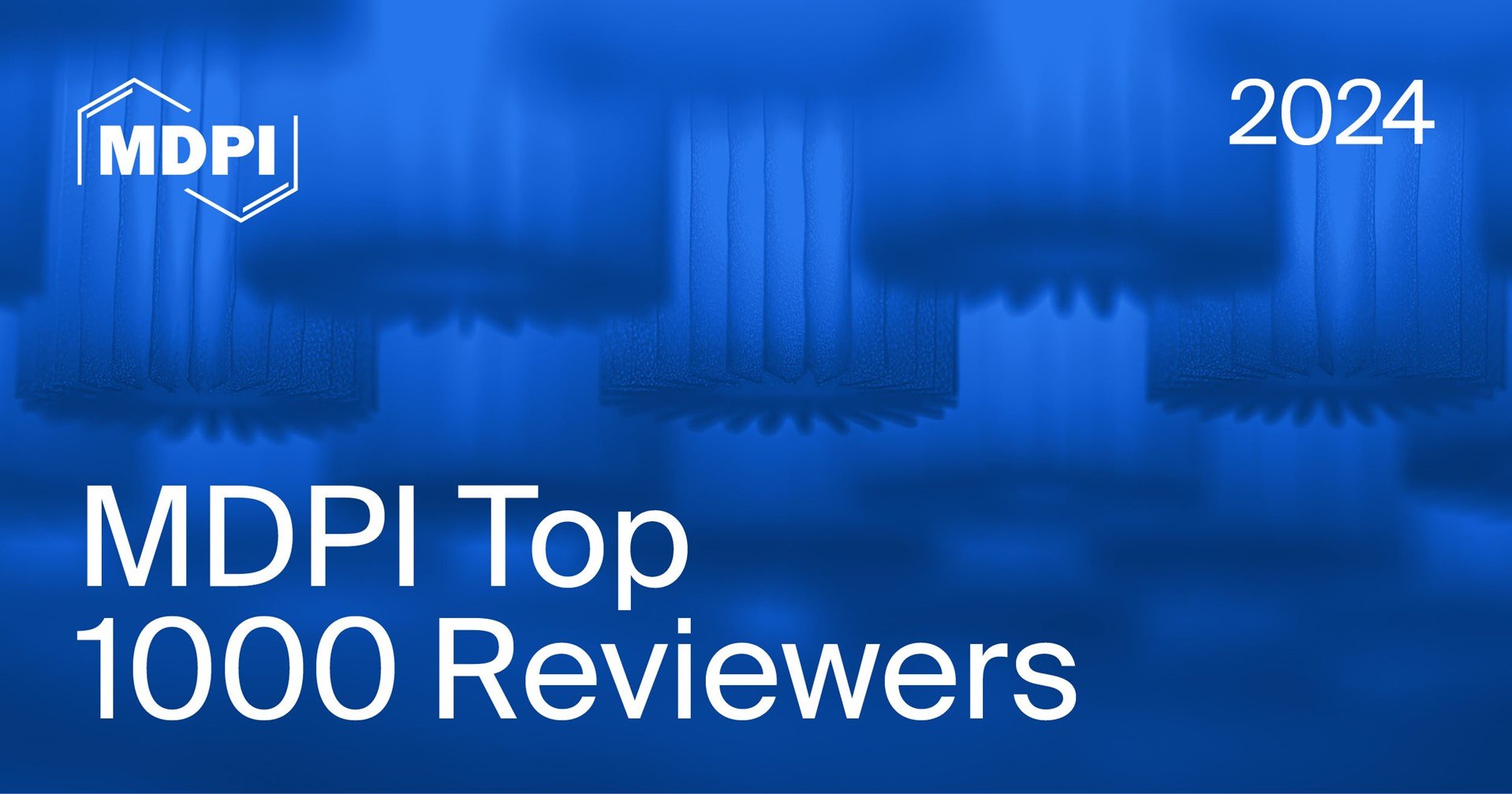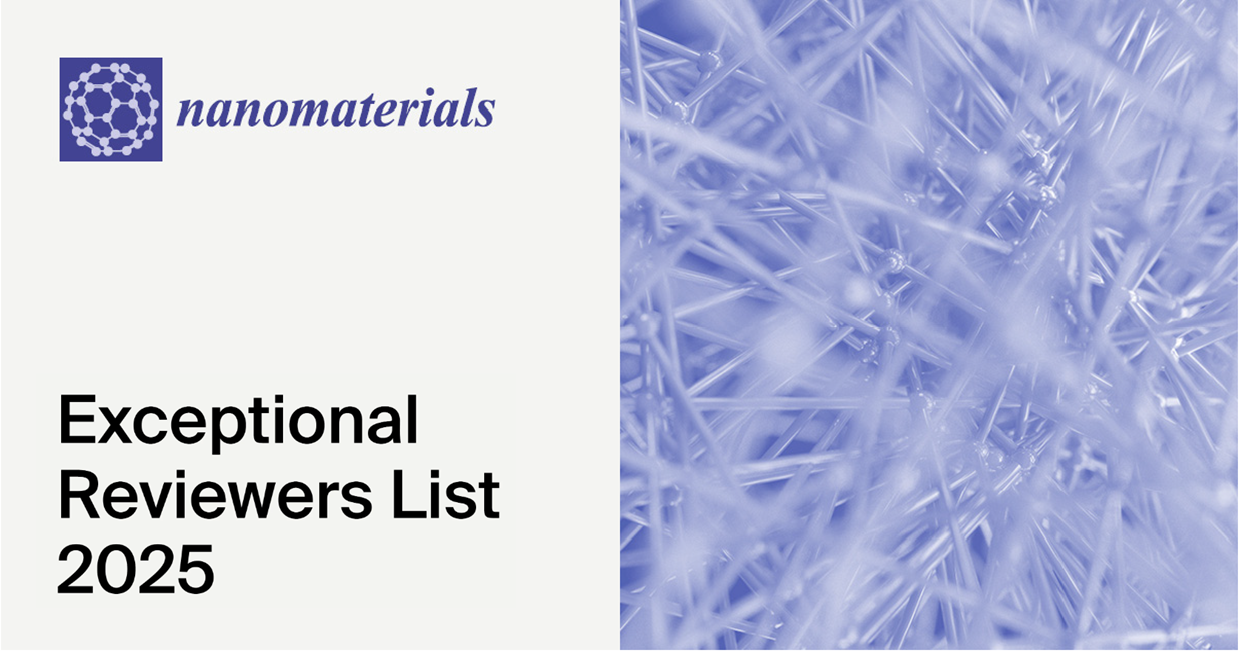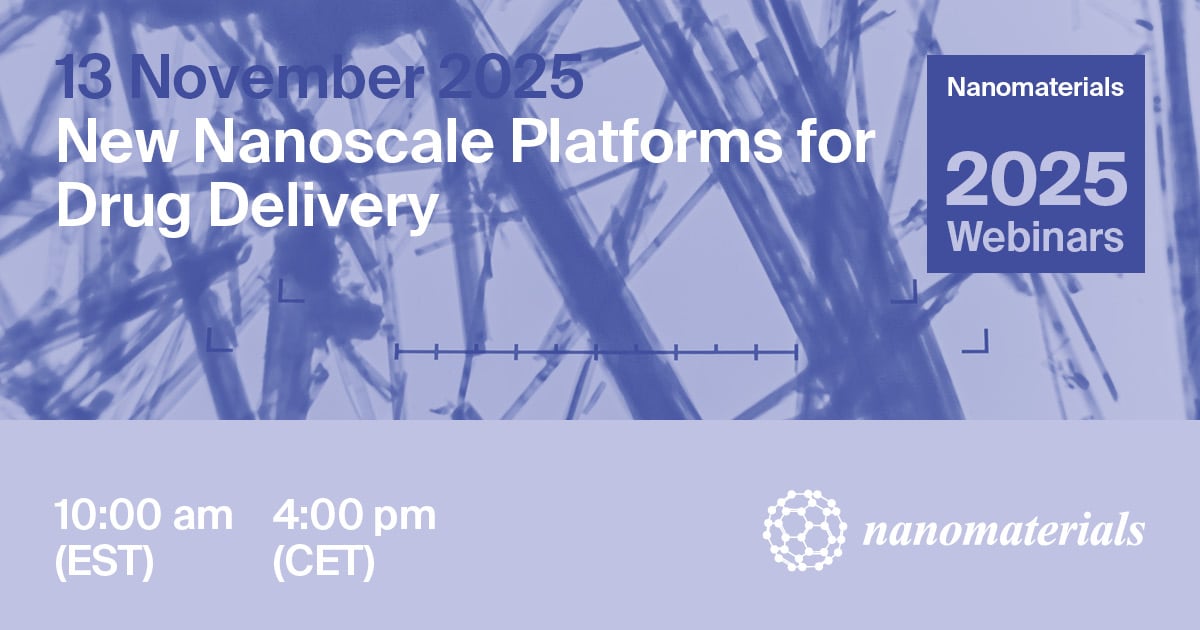-
 Tuning Nanofibrous Sensor Performance in Selective Detection of B-VOCs by MIP-NP Loading
Tuning Nanofibrous Sensor Performance in Selective Detection of B-VOCs by MIP-NP Loading -
 Rapid Size-Dependent Impact of Cu and CuO Nanoparticles on Lentil Seeds and Leaves Using Biospeckle Optical Coherence Tomography
Rapid Size-Dependent Impact of Cu and CuO Nanoparticles on Lentil Seeds and Leaves Using Biospeckle Optical Coherence Tomography -
 Nanocarriers for Combination Therapy in Pancreatic Ductal Adenocarcinoma: A Comprehensive Review
Nanocarriers for Combination Therapy in Pancreatic Ductal Adenocarcinoma: A Comprehensive Review -
 Visible-Light-Responsive Ag(Au)/MoS2-TiO2 Inverse Opals: Synergistic Plasmonic, Photonic, and Charge Transfer Effects for Photoelectrocatalytic Water Remediation
Visible-Light-Responsive Ag(Au)/MoS2-TiO2 Inverse Opals: Synergistic Plasmonic, Photonic, and Charge Transfer Effects for Photoelectrocatalytic Water Remediation -
 Recent Advances on the Positively-Charged Nanofiltration Membranes for Mg2+/Li+ Separation Through Interfacial Polymerization
Recent Advances on the Positively-Charged Nanofiltration Membranes for Mg2+/Li+ Separation Through Interfacial Polymerization
Journal Description
Nanomaterials
- Open Access— free for readers, with article processing charges (APC) paid by authors or their institutions.
- High Visibility: indexed within Scopus, SCIE (Web of Science), PubMed, PMC, CAPlus / SciFinder, Inspec, and other databases.
- Journal Rank: JCR - Q2 (Physics, Applied) / CiteScore - Q1 (General Chemical Engineering )
- Rapid Publication: manuscripts are peer-reviewed and a first decision is provided to authors approximately 15.4 days after submission; acceptance to publication is undertaken in 1.9 days (median values for papers published in this journal in the first half of 2025).
- Recognition of Reviewers: reviewers who provide timely, thorough peer-review reports receive vouchers entitling them to a discount on the APC of their next publication in any MDPI journal, in appreciation of the work done.
- Companion journals for Nanomaterials include: Nanomanufacturing and Applied Nano.
Latest Articles
E-Mail Alert
News
Topics
Deadline: 30 October 2025
Deadline: 30 November 2025
Deadline: 20 December 2025
Deadline: 31 December 2025
Conferences
Special Issues
Deadline: 25 October 2025
Deadline: 25 October 2025
Deadline: 25 October 2025
Deadline: 25 October 2025




